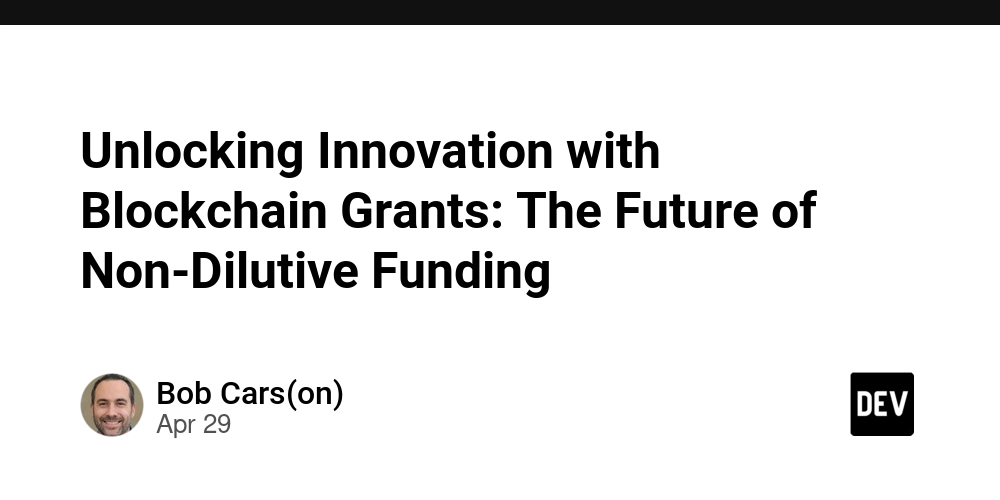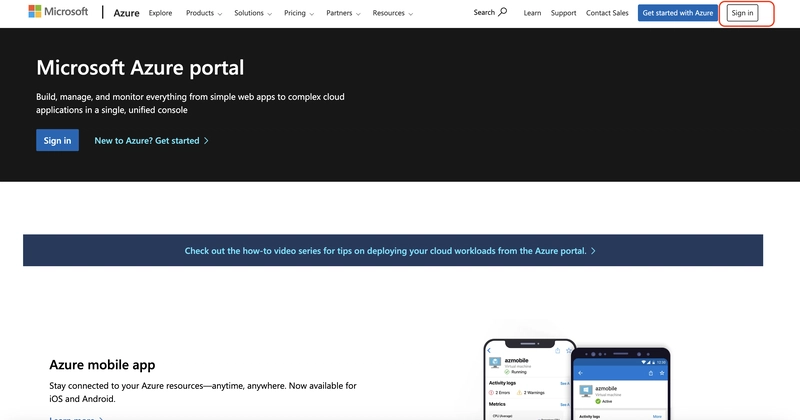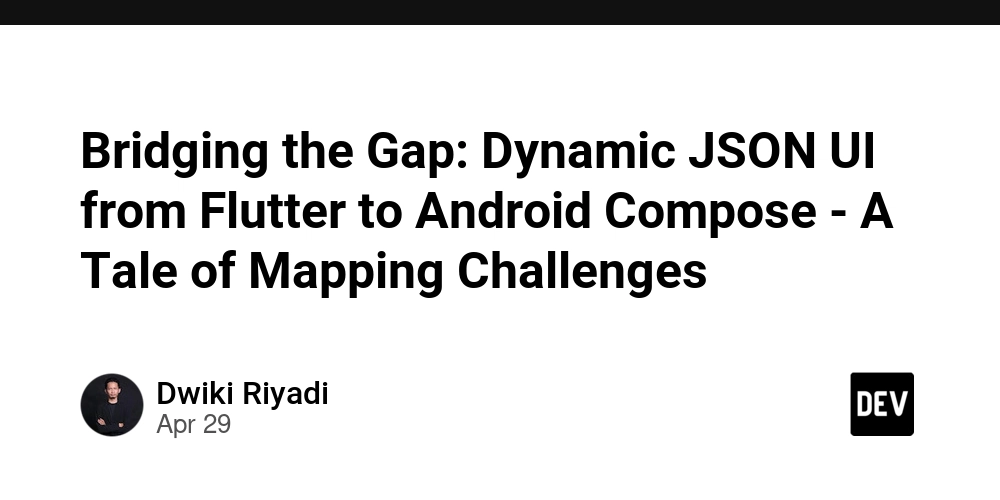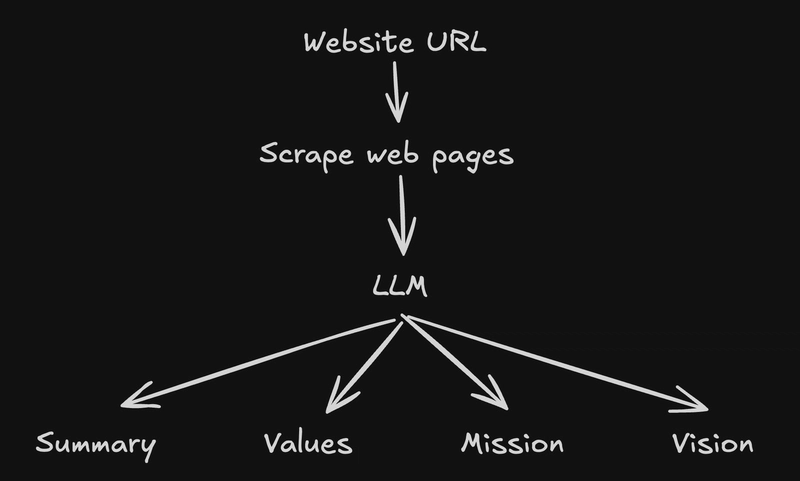Unlocking Innovation with Blockchain Grants: The Future of Non-Dilutive Funding
Abstract: This post dives deep into the world of blockchain grants—a revolutionary way to fund innovation without sacrificing equity. We explore the background, core grant types, successful blockchain grant programs, and strategies for securing funding. Along the way, we review practical applications and discuss both challenges and future innovations in the ecosystem. With detailed tables, bullet lists, and curated links to key resources, including the original article, this post is your comprehensive guide to understanding and leveraging blockchain grants for breakthrough projects. Introduction Blockchain technology has transformed finance, supply chains, and digital governance. One notable development is the emergence of blockchain grants, which provide non-dilutive funding to innovators worldwide. These grants allow startups and researchers to retain control over their projects, fostering a culture of innovation and collaboration. In this blog post, we provide an in-depth look at blockchain grants, discussing their significance, types, applications, and strategies to secure these funds. We also review related initiatives and resources that further strengthen the blockchain ecosystem. Blockchain grants are more than just a new source of capital—they are an essential part of the evolution of blockchain technology. With grants, founders can focus on research and development, leverage community support, and access additional technical expertise. Funding without relinquishing equity makes blockchain grants a preferred option for early-stage projects and experimental blockchain solutions. Background and Context Blockchain grants have become a go-to strategy for funding projects that aim to advance blockchain technology. Traditionally, startups would rely on venture capital, or even participate in token sales that dilute ownership. Blockchain grants, however, present an alternative model by offering non-dilutive capital aimed at research, development, and infrastructure building. A Brief History: Origins: As blockchain technology began to reshape industries, early pioneers recognized the need for funding avenues that didn’t rely on selling equity. This gave rise to initiatives spearheaded by organizations like the Ethereum Foundation, which sought to support development within its ecosystem. Evolution: Over the years, various blockchain communities have launched grant programs to support open-source projects, academic research, and community building. This approach aligns well with the decentralized spirit of blockchain technology. Current Landscape: Today, blockchain grants are offered by multiple foundations, including the Web3.0 Foundation and Algorand Foundation. These grants support a wide range of initiatives, from proof-of-concept experiments to full-scale infrastructure projects. Grant funding today has evolved into a structured, competitive process where proposals are evaluated on technical expertise, potential real-world impact, and alignment with the grant’s objectives. The goal is to foster an ecosystem that supports innovation while expanding blockchain’s adoption across various sectors. Core Concepts and Features Blockchain grants can be categorized across several core areas. Below is a table summarizing the key types along with their focus and characteristics: Grant Type Focus Key Characteristics Research Grants Academic and conceptual exploration Funds methodologies, technical breakthroughs; non-commercial focus Development Grants Building applications, tools, and platforms Supports prototypes, beta versions, and refined production-level features Infrastructure Grants Enhancing blockchain architecture and networks Invests in scalability, security, interoperability Community & Education Grants Driving awareness and technical education Sponsorship of events, courses, and developer meetups Social Impact Grants Addressing societal challenges through blockchain Focus on sustainability, inclusion, and environmental initiatives Some key concepts and features include: Non-Dilutive Funding: Projects can secure financial support without giving up ownership or control. Enhanced Credibility: Awarded grants boost the project’s profile, inviting further investment and community support. Mentorship and Networking: Grant programs often include access to industry leaders and technical experts. Transparency and Accountability: Blockchain grants require clear roadmaps, deliverables, and regular reporting, aligning with the decentralized ethos. In addition to these, blockchain grants encourage developers to innovate while ensuring that funding does not come at the cost of project independence or vision. Applications and Use Cases Blockchain grants have played a pivotal role in accelerating various real-world projects. Here are a few practical examples spanning different grant types: 1. Research an

Abstract:
This post dives deep into the world of blockchain grants—a revolutionary way to fund innovation without sacrificing equity. We explore the background, core grant types, successful blockchain grant programs, and strategies for securing funding. Along the way, we review practical applications and discuss both challenges and future innovations in the ecosystem. With detailed tables, bullet lists, and curated links to key resources, including the original article, this post is your comprehensive guide to understanding and leveraging blockchain grants for breakthrough projects.
Introduction
Blockchain technology has transformed finance, supply chains, and digital governance. One notable development is the emergence of blockchain grants, which provide non-dilutive funding to innovators worldwide. These grants allow startups and researchers to retain control over their projects, fostering a culture of innovation and collaboration. In this blog post, we provide an in-depth look at blockchain grants, discussing their significance, types, applications, and strategies to secure these funds. We also review related initiatives and resources that further strengthen the blockchain ecosystem.
Blockchain grants are more than just a new source of capital—they are an essential part of the evolution of blockchain technology. With grants, founders can focus on research and development, leverage community support, and access additional technical expertise. Funding without relinquishing equity makes blockchain grants a preferred option for early-stage projects and experimental blockchain solutions.
Background and Context
Blockchain grants have become a go-to strategy for funding projects that aim to advance blockchain technology. Traditionally, startups would rely on venture capital, or even participate in token sales that dilute ownership. Blockchain grants, however, present an alternative model by offering non-dilutive capital aimed at research, development, and infrastructure building.
A Brief History:
- Origins: As blockchain technology began to reshape industries, early pioneers recognized the need for funding avenues that didn’t rely on selling equity. This gave rise to initiatives spearheaded by organizations like the Ethereum Foundation, which sought to support development within its ecosystem.
- Evolution: Over the years, various blockchain communities have launched grant programs to support open-source projects, academic research, and community building. This approach aligns well with the decentralized spirit of blockchain technology.
- Current Landscape: Today, blockchain grants are offered by multiple foundations, including the Web3.0 Foundation and Algorand Foundation. These grants support a wide range of initiatives, from proof-of-concept experiments to full-scale infrastructure projects.
Grant funding today has evolved into a structured, competitive process where proposals are evaluated on technical expertise, potential real-world impact, and alignment with the grant’s objectives. The goal is to foster an ecosystem that supports innovation while expanding blockchain’s adoption across various sectors.
Core Concepts and Features
Blockchain grants can be categorized across several core areas. Below is a table summarizing the key types along with their focus and characteristics:
| Grant Type | Focus | Key Characteristics |
|---|---|---|
| Research Grants | Academic and conceptual exploration | Funds methodologies, technical breakthroughs; non-commercial focus |
| Development Grants | Building applications, tools, and platforms | Supports prototypes, beta versions, and refined production-level features |
| Infrastructure Grants | Enhancing blockchain architecture and networks | Invests in scalability, security, interoperability |
| Community & Education Grants | Driving awareness and technical education | Sponsorship of events, courses, and developer meetups |
| Social Impact Grants | Addressing societal challenges through blockchain | Focus on sustainability, inclusion, and environmental initiatives |
Some key concepts and features include:
- Non-Dilutive Funding: Projects can secure financial support without giving up ownership or control.
- Enhanced Credibility: Awarded grants boost the project’s profile, inviting further investment and community support.
- Mentorship and Networking: Grant programs often include access to industry leaders and technical experts.
- Transparency and Accountability: Blockchain grants require clear roadmaps, deliverables, and regular reporting, aligning with the decentralized ethos.
In addition to these, blockchain grants encourage developers to innovate while ensuring that funding does not come at the cost of project independence or vision.
Applications and Use Cases
Blockchain grants have played a pivotal role in accelerating various real-world projects. Here are a few practical examples spanning different grant types:
1. Research and Academic Projects
Research grants have been awarded to initiatives that explore the theoretical underpinnings of blockchain systems, such as consensus algorithms or zero-knowledge proofs. For example, academic researchers use blockchain grants to develop enhanced security protocols that improve data integrity—a crucial innovation for sensitive industries like healthcare and finance. More details can be found at Blockchain Project Funding For Research.
2. Infrastructure Projects
Funding for blockchain infrastructure has enabled developers to build more scalable and interoperable networks. Grants in this category help pave the way for Layer 2 solutions and multi-chain integrations. One notable case is the enhancement of Ethereum interoperability with other blockchains to reduce transaction fees and network congestion. For a broader understanding, see Blockchain Infrastructure Funding.
3. Community and Education Initiatives
As blockchain technology matures, there is a growing need for educational resources and community engagement initiatives. Grants in this area not only fund technical events and hackathons but are also directed at creating educational content that demystifies blockchain for new users. These initiatives often lead to an increase in developer participation and broader community networking, as elaborated on in Community Engagement Strategies.
Strategies for Securing Blockchain Grants
Securing a blockchain grant is a competitive process and requires a well-thought-out application strategy. Below are some bullet points summarizing effective strategies:
- Craft a Compelling Proposal: Clearly articulate objectives, methodology, and potential impact.
- Demonstrate Technical Competency: Highlight the team’s expertise, previous projects, and technical milestones.
- Articulate Social and Economic Impact: Describe how the project addresses real-world problems and contributes to the ecosystem.
- Engage with the Community: Showcase existing support, partnerships, and contributions to the blockchain community.
- Align Your Proposal: Tailor the proposal to match the specific objectives and evaluation criteria of the targeted grant program.
- Present a Detailed Roadmap: Include timelines, milestones, and contingency plans to assure funders of deliverable outcomes.
These strategies can enhance your chances of not only landing a grant but also ensuring that the project fulfills its intended objectives. For a more detailed guide, check out Open Source Funding For Development.
Challenges and Limitations
While blockchain grants offer significant advantages, potential applicants should be aware of certain challenges and limitations:
Technical Challenges
- Scalability Issues: Even after securing funding, projects face hurdles related to network scalability and transaction throughput.
- Security Risks: Developing and deploying robust blockchain solutions demands strict adherence to security protocols to prevent vulnerabilities.
Adoption Challenges
- Regulatory Uncertainty: With blockchain still evolving, regulatory frameworks may impact both the distribution and use of grants.
- Market Competition: The increasing number of projects competing for similar grants means that only the most robust and well-planned proposals succeed.
Documentation and Reporting
- Rigorous Reporting Requirements: Grant programs require continuous progress updates, detailed financial records, and outcome assessments, which can be time-consuming.
- Project Pivots: Unforeseen technical difficulties may require significant project adjustments, potentially stalling progress and impacting grant timelines.
These challenges necessitate careful planning and risk management. Applicants should be prepared to iterate on their proposals and adjust their strategic plans during implementation.
Future Outlook and Innovations
The future of blockchain grants looks promising as more organizations and governments begin to recognize their importance in fostering innovation. Here are some trends and predictions:
Growing Integration with Decentralized Finance (DeFi)
As blockchain integrates with DeFi platforms, we expect to see even more creative funding models emerging. The decentralization of financial services could lead to new grant structures where funding is distributed through decentralized autonomous organizations (DAOs).
Increased Collaboration Across Ecosystems
Blockchain grants will likely foster cross-industry collaborations. Projects that span multiple sectors—such as healthcare, finance, and governance—will benefit from increased synergies. This trend will be supported by emerging interoperability solutions like arbitrum-and-ethereum-interoperability.
Enhanced Transparency and Accountability
Improved tracking and auditing using blockchain itself will enhance accountability in grant funding. This includes more transparent reporting, automated progress monitoring, and smart contract-based disbursements.
Community-Driven Innovations
We will see more community and education grants that support grassroots initiatives and network-building events. With increasing adoption of blockchain, community-driven projects will continue to form a crucial part of the ecosystem’s evolution.
Innovations in Funding Mechanisms
New funding models, such as tokenized open-source licenses and revenue-sharing models, may emerge. These models not only provide capital but also create long-term incentives for developers through secondary markets and token economics. For further reading on sustainable practices, refer to Sustainable Blockchain Practices.
Additional Resources and Related Links
For those interested in diving even deeper into related topics and successful funding strategies within the blockchain space, here are some useful resources:
- Authoritative Blockchain News: Stay up-to-date with the latest trends via Cointelegraph and Blockchain News.
- Successful Grant Programs: Learn about successful blockchain initiatives through programs like Ethereum Foundation Grants and Web3.0 Foundation Grants.
- Interoperability & Ecosystem: Explore topics related to ecosystem development via projects such as arbitrum-d-apps and arbitrum-and-open-source-license-compatibility.
Moreover, here are a few highly recommended Dev.to posts to expand your perspective on open-source funding and blockchain innovations:
- Navigating the Complex World of Open Source Project Sponsorship
- Gitcoin Hackathons: A Catalyst for Innovation in the Blockchain Space
- Unlocking the Potential of GitHub Sponsors for Developers
Summary
Blockchain grants are playing a crucial role in shaping the future of technology by providing non-dilutive funding for innovations in research, development, infrastructure, and community outreach. In this post, we detailed the evolution of blockchain grants, outlined key types and features, and analyzed practical applications and challenges. In addition, we explored future trends and highlighted strategies for securing these grants.
To recap the key points:
- Blockchain Grants offer non-dilutive capital that supports a wide array of blockchain innovations.
- They are divided into Research, Development, Infrastructure, Community & Education, and Social Impact Grants.
- Successful grant applications require a clear proposal, demonstrable technical expertise, community engagement, and a detailed roadmap.
- Challenges include technical scalability, security, regulatory uncertainty, and rigorous reporting requirements.
- Future developments are expected in the form of decentralized funding models, increased interoperability, and enhanced transparency, further driving innovation.
By leveraging blockchain grants, innovators can maintain control over their projects while benefitting from a vibrant ecosystem of support and collaboration. The continuous evolution of grant programs paves the way for projects that not only advance technology but also deliver tangible societal benefits.
For more insights, be sure to revisit the original article on Blockchain Grants and regularly explore the recommended resources. Embracing these funding opportunities can empower developers, researchers, and entrepreneurs to build the next generation of decentralized technologies.
Embrace innovation, secure non-dilutive funding, and join the revolution in blockchain technology!


















![[The AI Show Episode 145]: OpenAI Releases o3 and o4-mini, AI Is Causing “Quiet Layoffs,” Executive Order on Youth AI Education & GPT-4o’s Controversial Update](https://www.marketingaiinstitute.com/hubfs/ep%20145%20cover.png)
























































